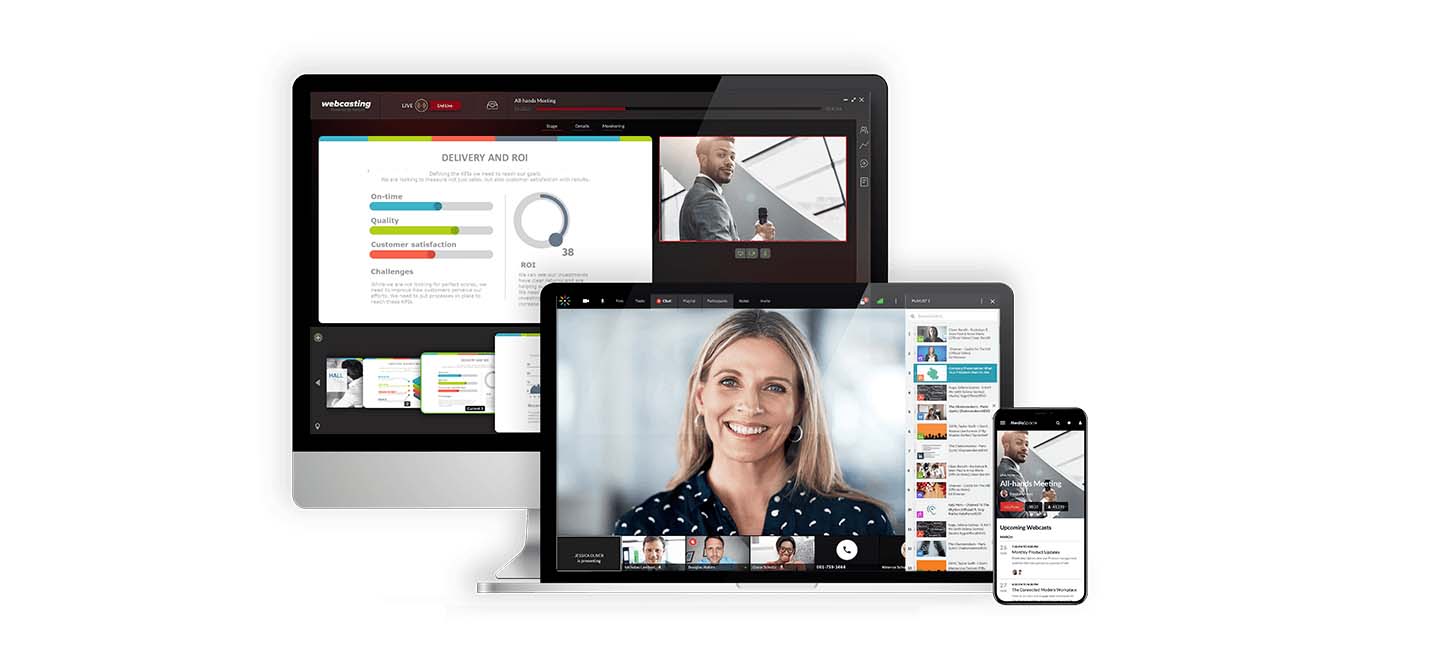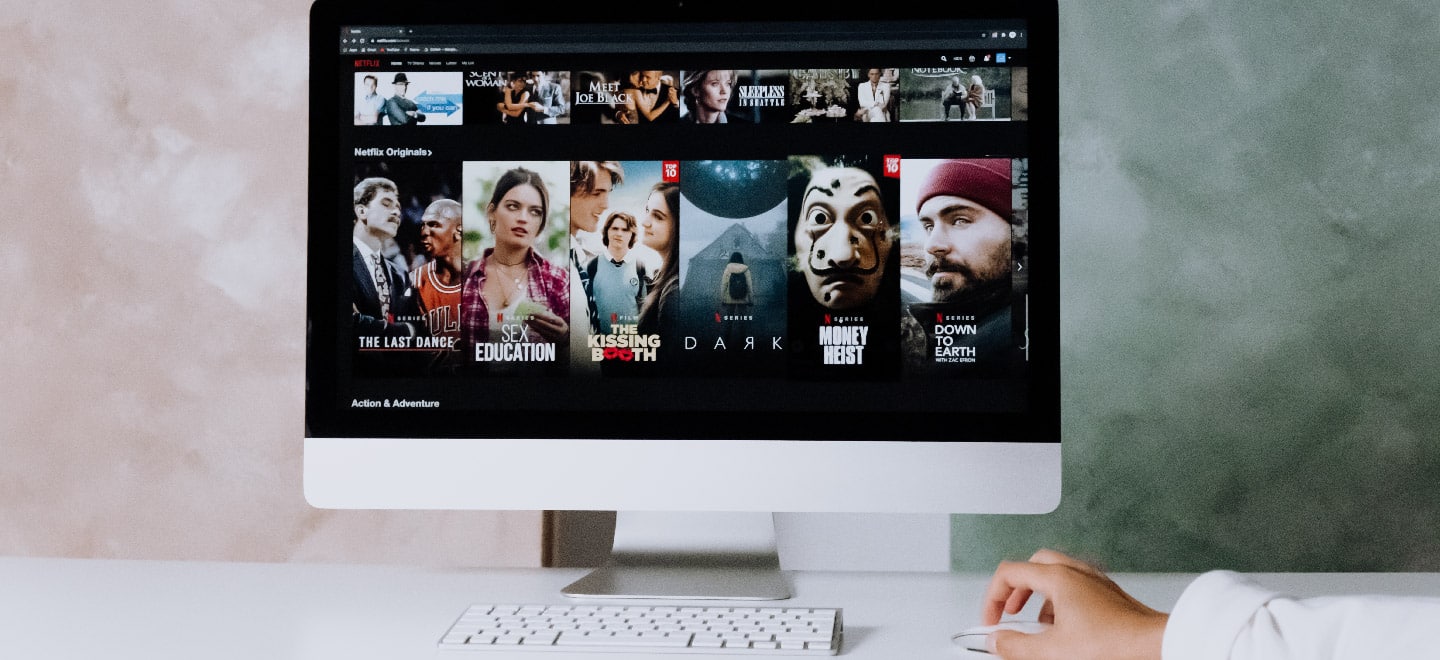When to consider your own in-house production studio?..

VIXY makes professional video management accessible for your organization. You can count on reliable video hosting and ultra fast video playback worldwide with VIXY.
Easily determine where and when your video can be watched, enrich your video player with interactions, generate leads to your site and link your video player with the ad network of your choice.
With a strong increase of internet speeds and devices that support video, viewers gain more control about where and when they watch a video. The transition that is happening in the way that people are consuming video offers a lot of new opportunities. Providers of video content gladly take use of these opportunities by offering their content via video on demand (VOD) channels.
You think a video on demand channel is something just for television producers? Wrong! In this blog post we will show you how you can deploy a VOD channel in a clever way by illustrating this with several examples.
Video on demand, watching video whenever you want is applied by various providers of television and film content. NPO’s Uitzending gemist and Netflix are well known VOD examples. With a clear and structured video channel they enable viewers to access video content on any device by using an app or in their browser. There are several business models that come in to play here, but we will discuss those further up in this post.
On average the Dutch have 4,3 devices that support video playback. This basically means that people are not bound to their house anymore to watch a particular TV show. Thanks to the many VOD channels available it is now possible to watch all the shows when it’s convenient for us, the viewer. But this is not only for providers of television and film content, there are loads of opportunities for all kinds of video content owners.
When you’re looking to profit from VOD it is important that your video content has value for the target group. With other words, are viewers beforehand prepared to watch a video ad or even pay to view your content? A video channel with yoga classes will have people interested enough to sign up and pay for a subscription. When it comes to watching an instruction video for a barbecue, it’s most likely that viewers won’t appreciate paying for such a video. A VOD channel offers multiple possibilities for generating income. Let’s take a look at the three most used business models for video on demand.
Pay per view is very popular amongst the providers of television and film content. A cable provider like Ziggo offers the possibility to watch film and tv shows on demand for a fee using their interactive television decoder. With this system you as a viewer pay a one time fee which in most cases allows you to watch the content as much as you want for a period of 24 or 48 hours. RTL also applies this particular model on their VOD channel RTL XL, where they offer viewers the possibility to watch certain content from the past or even watch shows that haven’t been broadcasted yet for a small fee.

Video subscriptions are strongly on the rise. Back in the days you had to pay for an extra TV channel like Canal+, but nowadays largely most subscriptions gare for video services like Netflix, Videoland Unlimited or Pathé Thuis. These providers of films on demand offer unlimited watching of movies for a fixed fee and enable the viewers to watch when it is convenient for them. In most cases this is possible using any device that supports video playback. Several providers also offer the option of using their on demand service via an app, gaming console, smart TV app of with a set top box like Apple TV or an interactive decoder of your cable provider.
The beauty of a subscription service is that you can implement it in multiple ways as we can see with the video channel of Ekhart Yoga, a platform that offers various yoga programs online with video. Here you can watch unlimited yoga excersises for a fixed price every month.
Subscribers can also participate in yoga programs, then they will get to watch new videos weekly on their device.

Online videos offer more and more possibilities to generate revenue by advertising. Nowadays advertisers are able to reach their target group more focussed which has several benefits when it comes to personalization, costs and ROI. New opportunities rise for generating revenue. Unlike traditional television, video on demand has the advantage that videos don’t get interrupted frequently by extensive and mostly annoying commercial breaks.
Video content where viewers had to pay for is usually ad free seeing that there is already revenue from. Free videos on the other hand are most likely to have video ads. These can be showed before, during or after the video. It’s relatively easy to generate revenue with online video. You can read more about advertising with online video in our other blog about video advertising.

Not just for the media and entertainment industry is a VOD channel interesting. Also for organizations can a VOD channel be a valuable asset. It is a communication channel that can serve for a variety of purposes.
Give members of, for instance, your branche organizations access to premium video and media. After a congress has ended, upload the presentations in parts or as one video for free or against the payment of a fee as video on demand.
Communicate using video with your clients and stakeholders by video channel. Think of company videos, interviews, announcements for shareholders, testimonials, video newsletters etc.
Deploy the video channel as an addition on customer service. Consider, for example, a channel with instructional videos that, which unlike the standard customer service, is available 24/7. In addition, customer service is relieved in this way, which means that considerable cost savings can be achieved.
Use a video channel for internal communication purposes, for example as an addition of the intranet. Employees can share media here with each other in a protected environment and could also for example via single sign on (SSO) easily be integrated within the intranet.
Offer educational videos on demand and give the viewers the opportunity to learn at their own pace with this. A good example of this is the video channel of Ekhart Yoga on which they offer on demand yoga classes. This same model can be used for education and training for the medical industry.
Educational videos are a perfect fit for an on demand video channel. Offer training videos, for example, for bus drivers or other technical professions within your own shielded video channel environment.
Please contact one of our online video experts. We’d be happy to give you personal advice about how you can get the most out of your video content.



